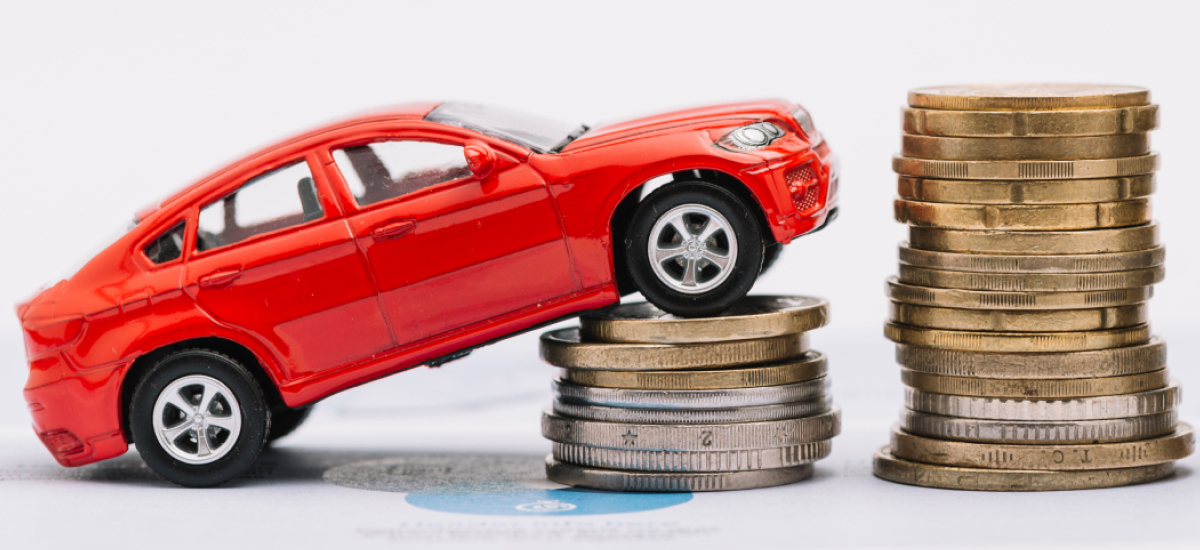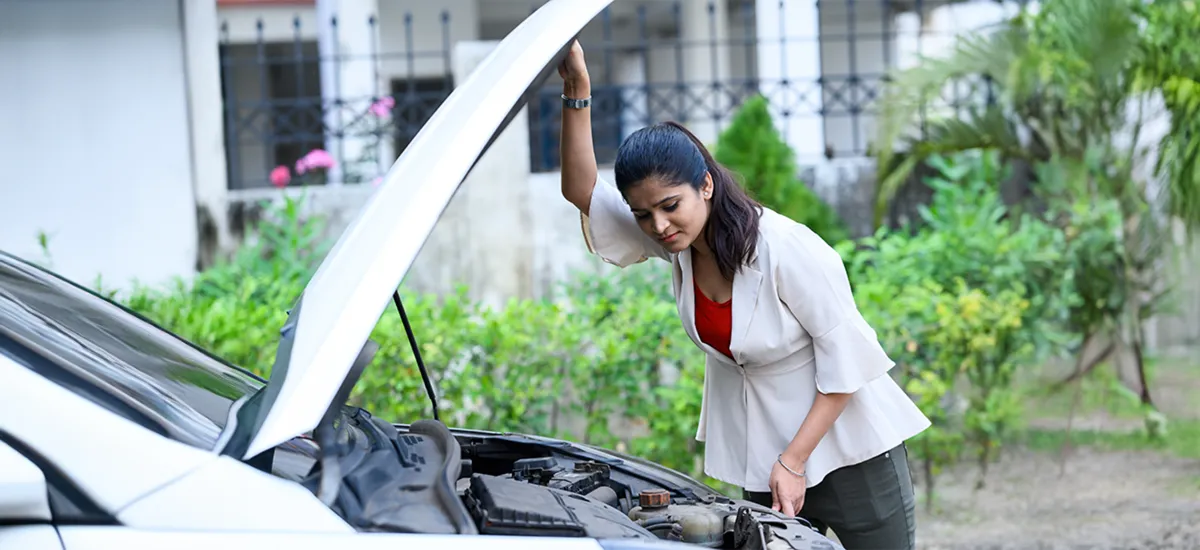Ever spotted a car ad boasting an attractive price—only to discover the actual cost is much higher? If you're wondering why the final amount on your bill doesn’t match the ex-showroom price you saw, you're in the right place.
Buying a car in India isn’t just about picking a model and paying the listed price. There's a whole world of charges—registration, insurance, road tax, and more—that quietly pile on to create the on-road price.
So, what’s really included in the ex-showroom price? And why does the on-road price feel so steep?
We’ll break it all down for you—step by step.
Whether you're planning your first car purchase or just curious about how the pricing works, this guide will help you navigate the numbers with clarity and confidence. Let’s decode the car pricing puzzle together.
Understanding car pricing in India
In India, car prices are broadly categorised into two components: the ex-showroom price and the on-road price. The ex-showroom price is the base price of the vehicle, while the on-road price includes additional costs such as registration fees, car insurance, and road tax. Let us take a closer look at each of these components.
What is ex-showroom price?
The ex-showroom price is the cost of the vehicle at the showroom, excluding any additional expenses. It includes the following:
· Cost of manufacturing
· Dealer's profit margin
· Goods and Services Tax (GST)
The ex-showroom price remains uniform across the country for a specific car model. However, it is important to note that the ex-showroom price does not include essential charges such as vehicle registration, insurance, and road tax, which are mandatory for driving the vehicle on public roads.
What is on-road price?
The on-road price is the total cost of the vehicle, including all the additional expenses required to make it road-ready. It comprises the following components:
1. Ex-Showroom Price
2. Registration Charges
3. Road Tax
4. Insurance
5. Other Charges (logistics, number plate, etc.)
The on-road price varies from state to state due to differences in tax rates and registration fees. It also depends on the type of insurance chosen by the buyer.
Key difference between ex-showroom and on-road price
The primary difference between ex-showroom and on-road price lies in the inclusion of additional costs.
Ex-showroom price
|
On-road price
|
Not the final price of the vehicle
|
Final price you pay to purchase and use the vehicle
|
Price that dealers pay to manufacturers, including factory cost and dealer margin
|
Price that includes all mandatory charges and additional costs
|
Does not include registration, road tax, insurance, handling, or accessories
|
Includes registration charges, road tax, car insurance, handling charges, and other local levies
|
Lower than the on-road price; includes GST and dealer’s profit
|
Always higher than ex-showroom price due to add-ons and statutory costs
|
Used primarily for advertising and comparison
|
Reflects the actual cost of owning the vehicle on the road
|
Factors that influence the on-road price
Several factors contribute to the final on-road price of a vehicle. These include:
1. Registration charges: The cost of registering the vehicle with the Regional Transport Office (RTO) varies from state to state. Some states also charge extra for special or fancy registration numbers.
2. Road tax: This is a tax levied by the state government for using the vehicle on public roads. It is calculated as a percentage of the ex-showroom price and is typically valid for 15 years.
3. Car insurance: Third-party liability insurance is mandatory in India. Buyers can opt for a comprehensive insurance plan that offers additional coverage, which will increase the on-road price.
4. Accessories: Dealerships often offer accessories such as floor mats, seat covers, and music systems. These add-ons can significantly impact the final on-road price.
Why is on-road price important for budget planning?
When planning to purchase a car, it is crucial to consider the on-road price rather than solely focusing on the ex-showroom price. The on-road price gives a realistic estimate of the total cost of ownership, enabling buyers to make informed decisions based on their budget. Failing to account for the additional expenses can lead to financial strain and may even compel buyers to compromise on their desired car model.
How to find and compare ex-showroom vs on-road prices
To make an informed decision, it is essential to compare the ex-showroom and on-road prices of different car models. Here are a few ways to gather this information:
1. Visit the official website of the car manufacturer and use their online price calculator.
2. Contact authorised dealerships in your city and request a detailed price breakdown.
3. Use online car portals that provide comprehensive pricing information, including ex-showroom and on-road prices for various models.
Summing it up: From price tags to road trips
Understanding the difference between ex-showroom and on-road price is crucial for anyone planning to buy a car in India. While the ex-showroom price may seem attractive, it is the on-road price that provides a realistic picture of the total cost of ownership. By considering factors such as registration charges, road tax, insurance, and accessories, buyers can make informed decisions and plan their budget effectively.
It is always advisable to compare prices from multiple sources and negotiate with dealerships to get the best possible deal. Remember, investing in a comprehensive car insurance plan like that of Generali Central Insurance not only contributes to the on-road price but also provides financial protection in case of unforeseen circumstances. With a clear understanding of car pricing and careful planning, owning your dream car can become a reality.
FAQs
1. Why is there a huge difference between ex-showroom and on-road prices?
The difference arises due to additional costs such as registration charges, road tax, insurance, and accessories that are not included in the ex-showroom price.
2. Can I negotiate the on-road price with a dealer?
Yes, you can negotiate the on-road price with the dealer. However, some components, such as registration charges and road tax, are fixed by the government and cannot be negotiated.
3. Is insurance a mandatory part of the on-road price?
Yes, third-party liability insurance is mandatory in India and is included in the on-road price. However, you can choose between a third-party or comprehensive insurance plan.
4. What are handling and logistics charges?
Handling and logistics charges cover the cost of transporting the vehicle from the warehouse to the showroom and preparing it for delivery to the customer.
5. Can I register a car in another state to save on road tax?
No, it is illegal to register a car in a state other than the one where you reside to save on road tax. Doing so can lead to legal consequences.




















